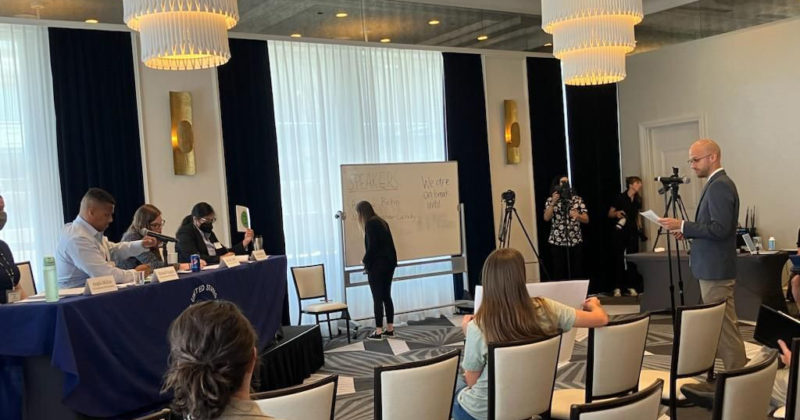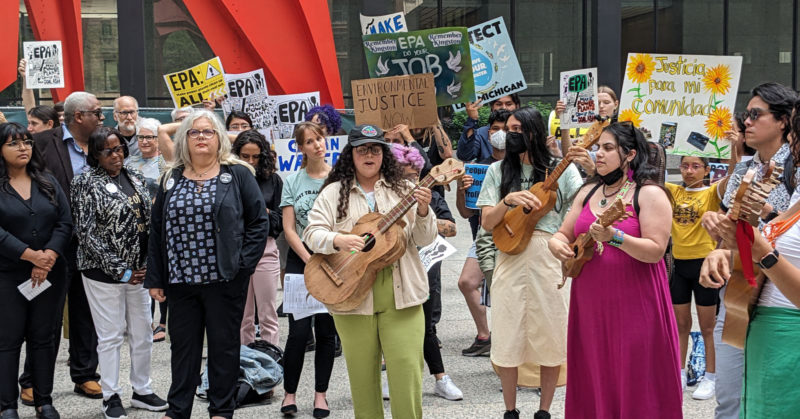The US EPA held a public hearing in Chicago today (Wednesday, June 28th) to take input on proposed changes to the federal coal ash rules. PRN’s Andrew Rehn is giving testimony on how these proposed rules will impact Illinois. The changes would expand the federal rules to cover ‘legacy’ coal ash impoundments. More importantly for Illinois, the new rules will also create a trigger for cleaning up all of the coal ash at a power plant, not just the coal ash inside an impoundment.

The federal coal ash rules, released in 2015, included a major blind spot. Coal ash impoundments at facilities that were closed before October 2015 (or “legacy impoundments”) were excluded from the rule. This left many coal ash impoundments across the country, which were no less dangerous or polluting, unregulated. The gap included the coal ash at the Vermilion Power Station, where PRN and partners have long fought for (and recently locked in) proper closure by removal of the coal ash.
The US EPA is now proposing to close that gap. Their new rule would apply to any impoundment that was still in contact with water in 2015. But for some reason, the US EPA left Vermilion Power Station off of their list of legacy sites now covered by the rule. The Vermilion site had wet coal ash in 2015 and continues to be wet to this day, so it should be covered by the new rule. At today’s hearing, Andrew presented evidence to US EPA to correct this error.

It is worth noting that Illinois, through hard work of advocates like Prairie Rivers Network, already has state rules that provide this protection to legacy impoundments. The Coal Ash Pollution Prevention Act, passed in Illinois in 2019, required that our state agencies regulate legacy coal ash impoundments. The federal backstop is welcome and beneficial, but we’ve fought hard to get Illinois to be a leader in coal ash regulation.
The US EPA’s other major proposed change would have major impacts in Illinois that goes beyond our state rules. The US EPA is expanding the scope of the federal rules to cover all coal ash at a site. For example, some power plants have used coal ash to level ground or as a foundation for structures. The proposed rules would address the cleanup of that coal ash. This site-wide approach is critical to cleaning up many power plants in Illinois.
Overall, these are strong proposed rules changes, and we support the US EPA’s efforts to properly regulate coal ash nationwide.








